On September 12th, EWISEE collaborators from Cyclisis and Marak organized a local event at which the EWISEE platform was presented to participants, psychologists and sexologists from Fundación Sexpol. Fundación Sexpol has been providing training in sexology in Spain since 1982.
During the event, questions were discussed regarding sexual, emotional, and gender education. The stigma and social taboo that brings forth teaching and talking about it in a public setting, lack of training in this topic and so much more.
Read below a summary of the questions and conclusions.
Question 1:
Do you think that sexual, emotional, and gender education is being taught correctly to adolescents in your country? If yes, where and how? If not, why?
Participants unanimously agreed that “NO”, sexual, emotional, and gender education is not being properly taught to adolescents in their country. The reasons given were as follows:
1. Lack of a clear legal framework:
Participants mentioned that there is no legal framework obligating social agents (schools, community centers, healthcare professionals, etc.) to teach content related to sexual, emotional, and gender education. This lack of regulation results in education on these topics being neither uniform nor systematic within educational institutions.
2. Lack of professional preparation:
Participants noted that professionals responsible for education are not always adequately prepared to address these topics. In many cases, they lack the sensitivity needed to understand that sexual education is a transversal issue and should be integrated into all educational areas.
3. Stigma and social taboo:
A frequently mentioned point was that “what is not talked about does not exist.” This reflects the tendency to avoid open discussions on sexuality, emotions, and gender, contributing to these topics remaining taboo in many contexts, especially in schools.
4. Lack of trained agents and its absence in the official curriculum:
Participants emphasized that not only are there a lack of trained professionals in these areas, but also sexual, emotional, and gender education is not officially included in the school curriculum. This reinforces its invisibility and perpetuates a lack of knowledge among the younger population.
5. Lack of awareness and social consciousness:
A general lack of awareness and consciousness regarding the importance of sexual and emotional education in the holistic development of adolescents was pointed out. This lack of interest on the part of authorities and educational institutions leaves young people without the proper resources to understand their own bodies, emotions, and relationships.
6. Presence of economic interests:
One of the more incisive comments noted that “pain and ignorance are of interest and sell.” It was suggested that there is a capitalist backdrop in which certain economic sectors benefit from misinformation and the lack of education on these topics. In this sense, ignorance about issues of sexual, emotional, and gender health can perpetuate dynamics that favor short-term economic interests, even if they are harmful in the long run.
Question 2:
In your experience and opinion, how could digital technologies improve sexual, emotional, and gender education for adolescents? In what formats could digital technologies help educate young people in these subjects? Any examples you know, have used, or have in mind.
Participants shared several ideas on how “digital technologies” could improve education in these areas. The main suggestions were as follows:
1. Use of banner ads:
Participants proposed the use of digital banners that direct young people to “official links with accredited agents” who can filter “misinformation”. This approach could capture adolescents’ attention in the online environments they frequent.
2. Programs, websites, and informative videos:
They suggested the creation of content “accredited by professionals”, such as “educational videos, websites, and digital programs”, where the information is backed by experts in sexual, emotional, and gender education.
3. Accessibility and format of the content:
The information should be:
– Accessible and presented in audiovisual formats that are attractive to young people.
– Interactive and brief to maintain adolescents’ attention.
– Immediate, allowing users to access information quickly and easily.
– Using clear language adapted to different audiences so that the information is understandable and relatable.
4. Reflective and expansive approach:
The professionals generating this content should not only convey information but also encourage reflection among young people, reaching a broader audience. It is important for technology to create spaces for discussion and reflection on these topics.
5. Personalized, pedagogical, and entertaining content:
Participants stressed that technology should be used to create content that is personalized, meaning it addresses the specific needs and realities of adolescents. Additionally, the content should be pedagogical but also entertaining, to facilitate its acceptance and impact on young audiences.
Conclusions:
The event identified several structural, social, and cultural barriers that prevent sexual, emotional, and gender education from effectively reaching adolescents. These issues include the lack of a clear legal framework, insufficient professional training, social stigma, and a lack of institutional interest.
There is a clear need for more inclusive educational policies and a stronger commitment from institutions to provide comprehensive and high-quality sexual and emotional education. Collaboration between organizations such as Cyclisis, Marak, and the Fundación SEXPOL remains crucial in advancing this agenda.
Digital technologies offer a powerful way to enhance sexual, emotional, and gender education for adolescents. To achieve this, it is necessary to combine accessibility, immediacy, and content quality with an approach that is interactive, reflective, and adapted to young audiences. Digital initiatives such as banner ads with official links, accredited programs, and audiovisual resources can be key to reaching more adolescents in an effective, engaging, and responsible way.
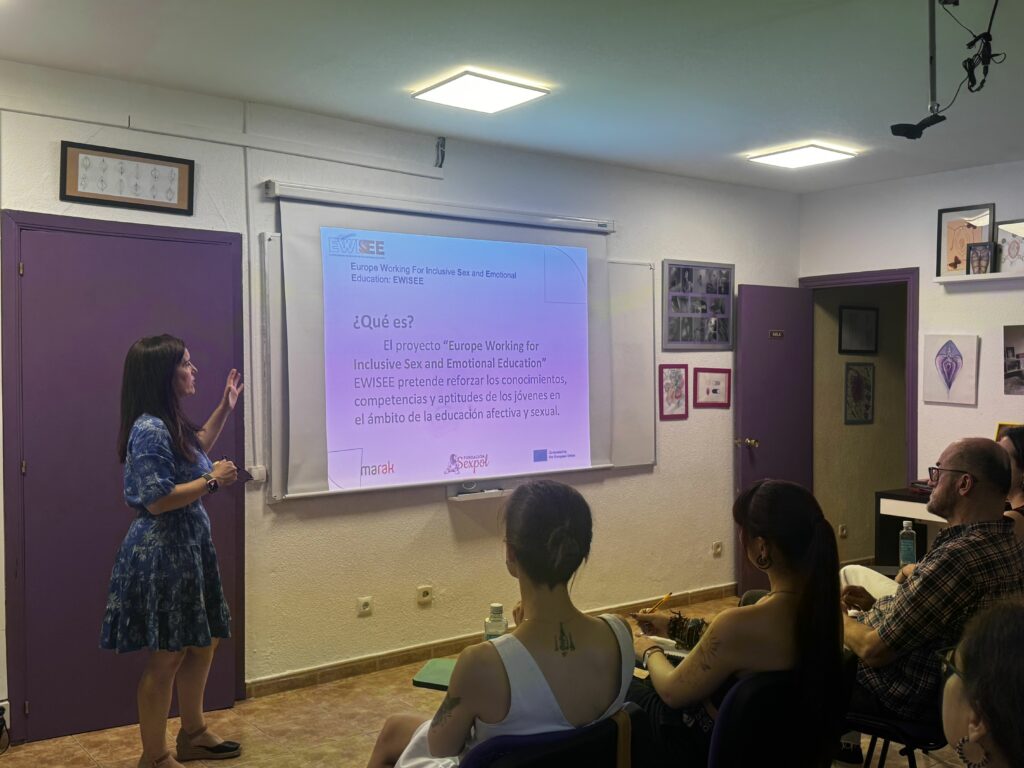
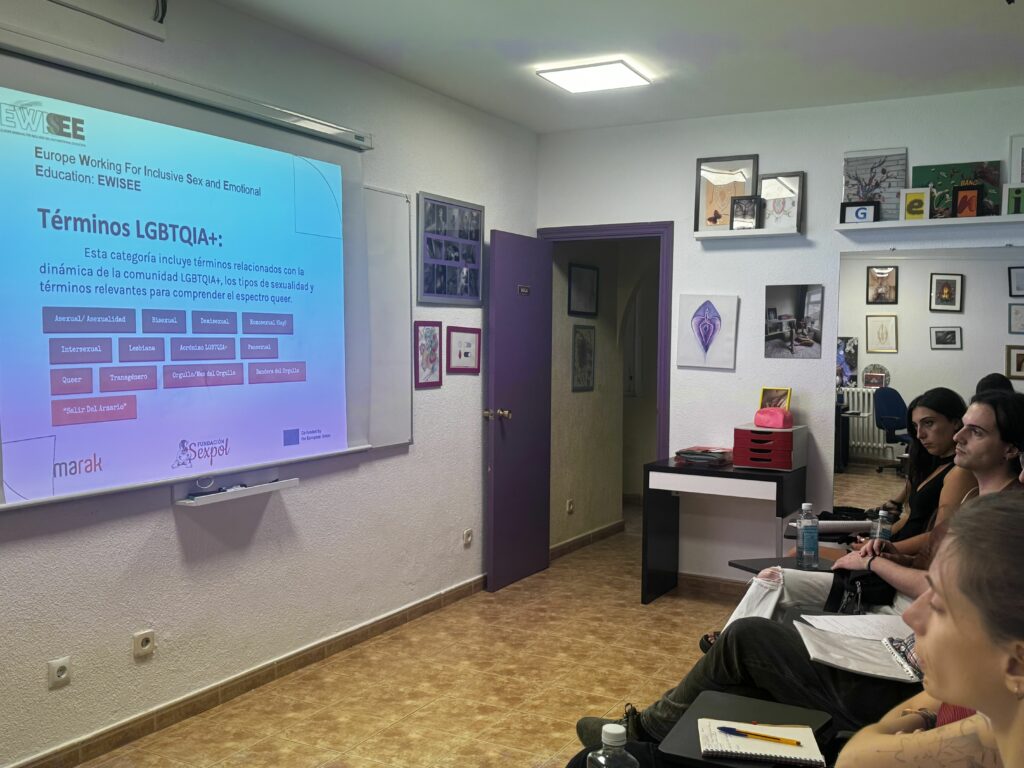
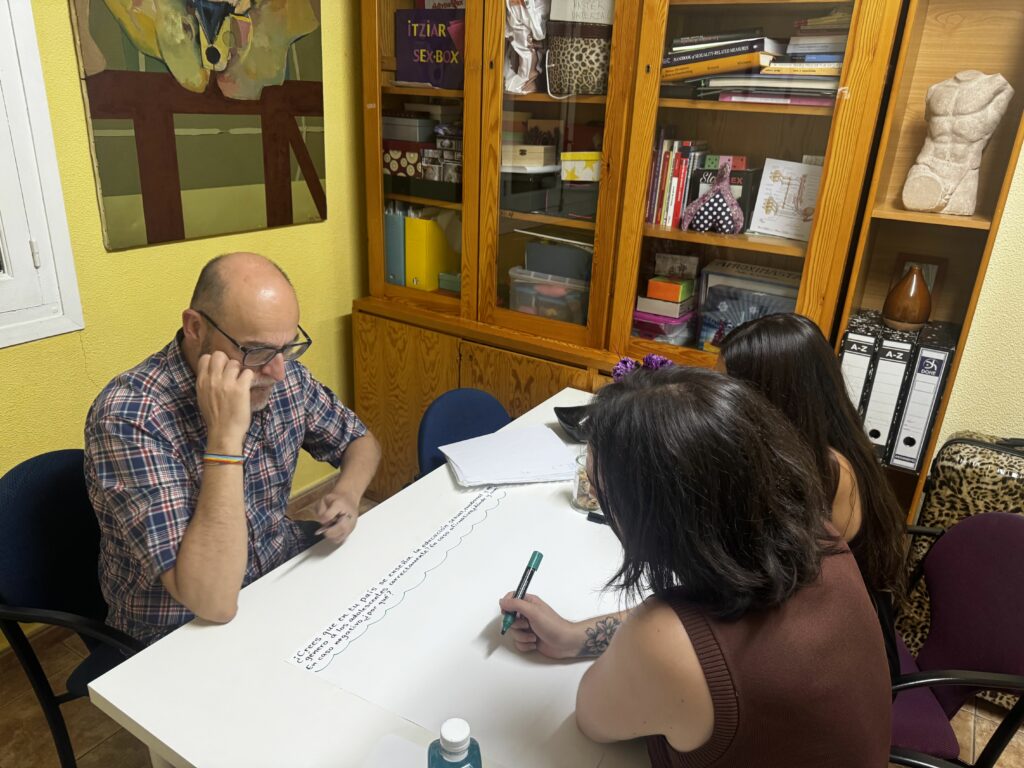
Images from event
For more information and to explore the E-WISEE platform, visit: https://ewisee.eu/

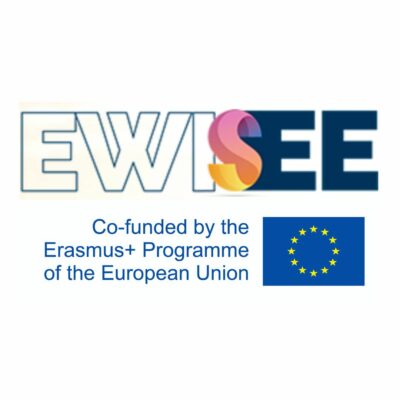
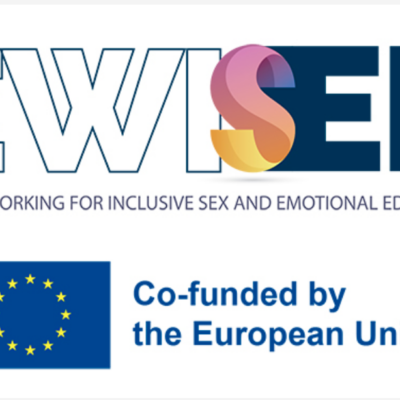

Comments (0)